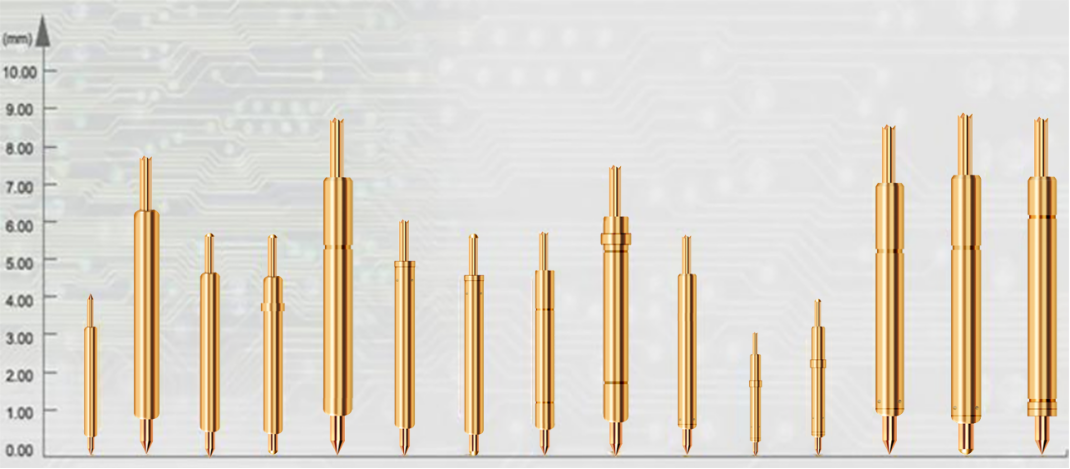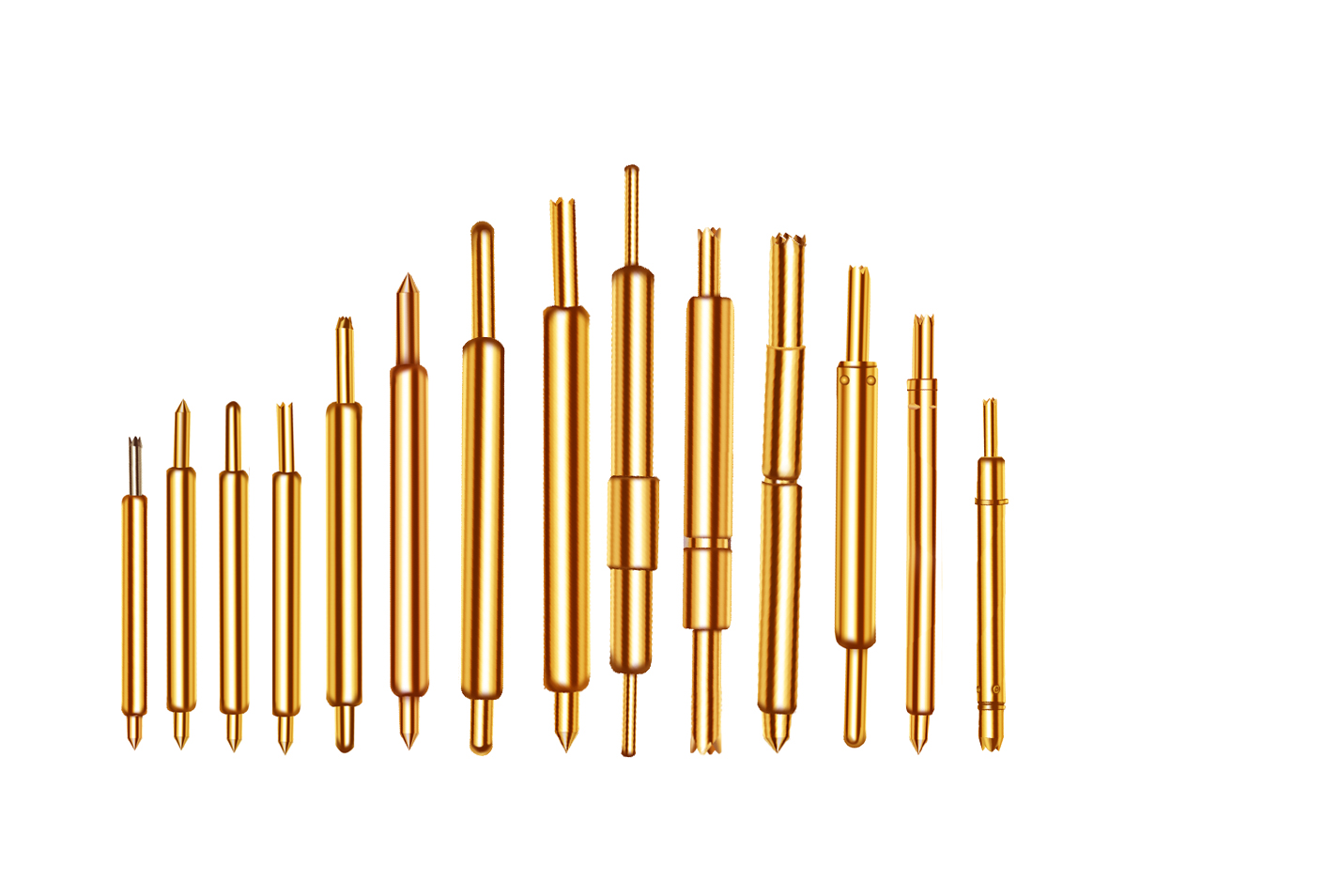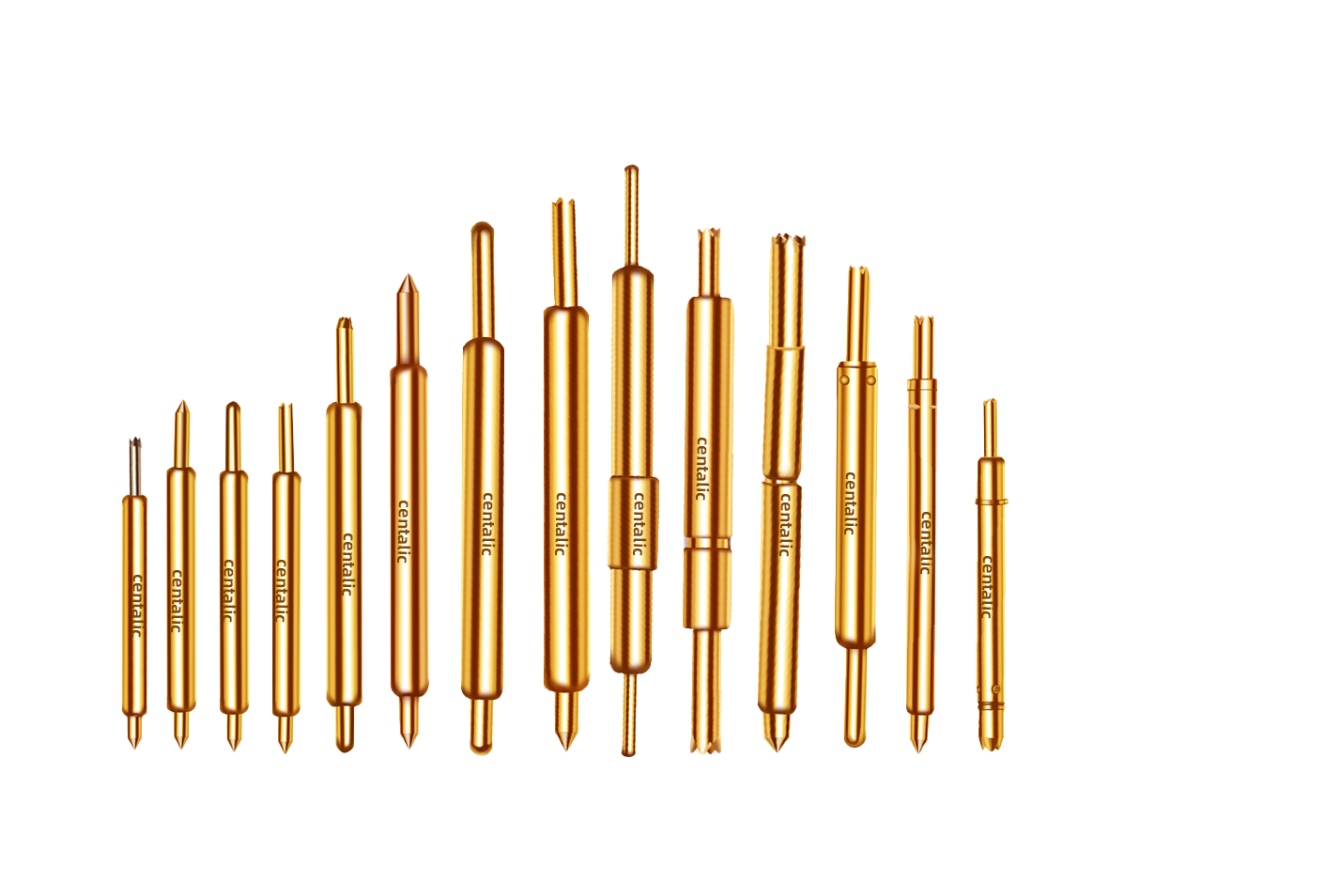
Time:2024-11-11Reading:1254Second
Recently, topics related to the "sharp rise and fall" of gold prices have repeatedly topped the hot search list.
Since March, international gold prices have surged like a rainbow, with prices in the New York market rising from less than $2200 per ounce to over $2400 per ounce, an increase of over 10%. However, just two weeks ago, the "hot" market for gold took a sharp downturn. On May 8th, the gold price in the New York market closed at $2315.8 per ounce, down 5.4% from the historical high in April.
Despite the sharp fluctuations in gold prices, they are still at a relatively high level. In the four trading days after the May Day holiday, the closing price of AU99.99 on the Shanghai Gold Exchange remained above 540 yuan per gram, up 20% from the same period last year and 13% from the beginning of this year.
The rise in gold prices not only directly affects investors and consumers in the gold market, but also has a certain impact on related industries such as the probe industry. This article will explore the background of the rise in gold prices, the current situation of the probe industry, the composition of probes, and the impact of the rise in gold prices on the probe industry.
There are multiple factors driving the rise in gold prices. Firstly, the instability of the global economy and the increase in political tensions have led to an increase in demand for safe haven assets among investors. As one of the traditional safe haven assets, gold has naturally been sought after. Secondly, currency depreciation and inflationary pressures have also increased the attractiveness of gold. In an environment of inflation and currency depreciation, the value of gold is highlighted, and investors are turning their attention to the gold market. In addition, the low and negative interest rate environment has also increased the demand for safe haven assets such as gold, further driving up the price of gold.

The probe industry is showing a thriving development trend. With the advancement of technology, probes are increasingly widely used in fields such as chips, mobile phones, smart wearable devices, medical equipment, automotive electronics, aerospace and military industries, and the market demand is constantly growing.
According to VLSI Research's prediction, the global probe market size will reach 2.741 billion US dollars by 2025, and the domestic probe market size will reach 3.283 billion yuan, accounting for about one-fifth of the global market.
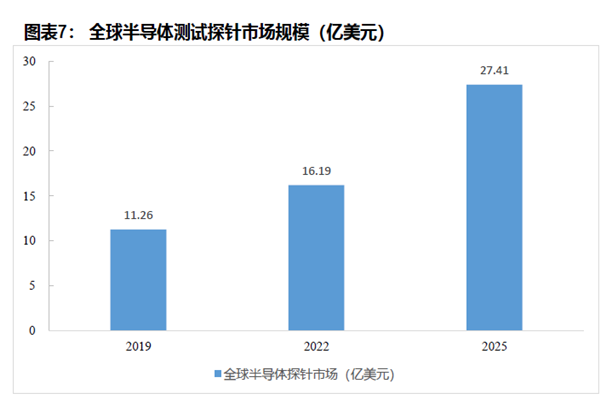
At present, the market competition in the probe industry is fierce, and domestic and foreign enterprises are increasing their research and development efforts to launch probe products with higher performance and accuracy. The domestic probe industry has made significant achievements in technological progress and industrial upgrading, and some companies' products have the ability to compete with international advanced levels.
A probe is generally formed by riveting and preloading three basic components: a needle tip, a needle tube, and a spring with precision instruments.
syringe needle:The selection of needle tip type in the testing environment also directly affects the testing effect. Needles are mainly made of materials such as brass, phosphor copper, beryllium copper, SK4, etc. Their hardness performance (brass<phosphor copper<beryllium copper<SK4), the higher the hardness, the more wear-resistant the needle.
Needle tube:Used for assembling needle bars, equipped with springs inside, mainly made of several materials such as phosphor copper tube, brass tube, white copper tube, etc.
Spring:Installed inside the needle tube to give the probe elasticity, the main materials are stainless steel wire and piano wire. Stainless steel wire is the preferred material for probe springs due to its corrosion resistance, high temperature resistance, and resistance to rusting; The elastic force of the qin steel wire is strong.
Surface coating of probeThe probe surface has nickel plating, rhodium plating, and gold plating. Nickel plating and rhodium plating are more wear-resistant, while gold plating has the best electrical properties.
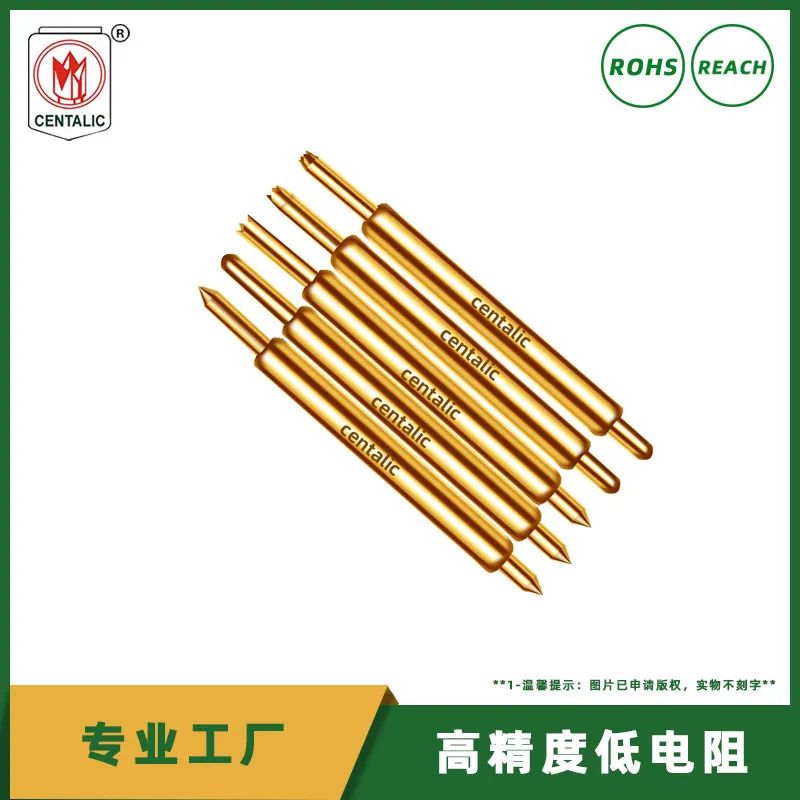
Gold priceriseThe impact on the probe industry is mainly manifested in the following aspects:
1. Rising raw material costs: The manufacturing process of probes requires the use of gold materials, and the increase in gold prices will push up the manufacturing costs of probes.
2. Adjustment of industry competition pattern: The rise in gold prices may compress the profit margins of some probe companies, thereby affecting the competition pattern of the industry. Some weaker companies may face greater operational pressure, while stronger companies may respond to the challenges brought by the rise in gold prices by increasing product added value and optimizing production processes.
First profitFocus on exploringAfter more than 40 years of research and production, facing the pressure of rising gold prices leading to increased raw material costs, our company has optimized technological innovation and improved efficiency to reduce costs and continuously enhance our core competitiveness!

